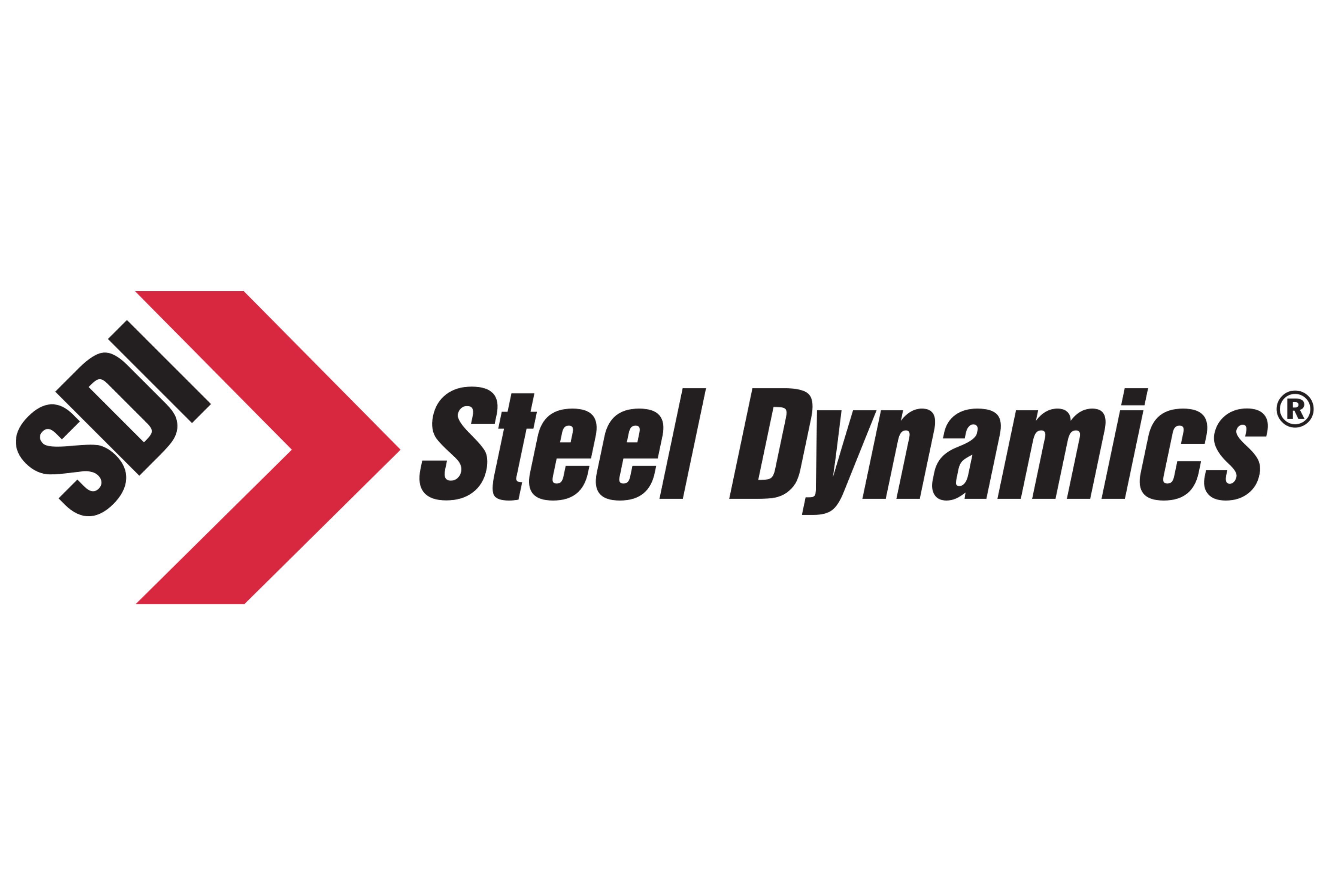Product

February 18, 2018
Trade Attorney Leibowitz on Section 232 Remedies: What’s Next?
Written by Lewis Leibowitz
The following article was written by trade attorney Lewis Leibowitz:
The president has a lot of discretion regarding the nature of the import restrictions that he imposes. The Commerce recommendation gave the president three alternative recommendations: (1) across-the-board tariffs on all products from all countries (24 percent); (2) 53 percent tariffs on 12 leading countries and quotas on the rest equal to 2017 imports; or (3) quotas on all countries equal to 63 percent of 2017 levels. “Steel products” are defined in the report by six-digit tariff codes. Five general categories of products are covered: semifinished, flat, long, pipe and tube and stainless.
The president has 90 days to announce his decision from the date the report was presented to him. The report was sent to the White House on Jan. 11, so the president must act (or announce no action) by April 11. Once the decision is announced, it must be implemented within 15 days.
The president could announce that he will negotiate with trading partners the management of imports. The 15-day deadline applies to negotiations, but only to the initiation of negotiations. The statute sets a deadline of 180 days to reach agreements. If an agreement has not been reached, or if the agreement does not have the desired effects, the president needs to take further action, or announce that he is not taking further action, within that 180-day period.
What happens to material on the water when the announcement is made? In general, if quotas and/or tariffs are announced, relief follows the pattern of antidumping and countervailing duty cases and safeguard (Section 201) cases, namely that the relief applies to goods “entered or withdrawn from warehouse for consumption” on or after the effective date. Because imports commonly come across the Pacific, there will be many ships on the water at the time of the announcement that will not get to the U.S. before the effective date. This will be a train wreck. Obviously, importers could be exposed to potentially ruinous taxes.
There are steps that can be taken to blunt the impact of these tariffs—importers can bring product in but not make consumption entry on it until the merchandise has been re-sold and the burden of tariffs has been allocated to customers, for example. In the case of quotas, the burden is not taxes but whether the product can be brought in at all, until the quota period opens up.
The president could, consistent with the statute, impose relief on products sold or shipped after a particular date. This is not generally done because the sale or shipment dates are not easily determined. It would be fairer—but the secretary of commerce has not evidenced great sympathy for importers who could be trapped by the relief. After nearly a year of 232 investigations, who can claim to have been blind-sided?
The report does not appear to contain substantial details of how the quotas and tariffs might work. The report discusses briefly the possibility of exemptions of countries from quotas or tariffs, and excluding specific products that are not available in the United States. However, the overriding goal of the exercise is to mandate an 80 percent capacity utilization rate for the steel industry as a whole. Thus, exemptions and exclusions will result in tariff increases or quota decreases for products and countries that do not have exemptions or exclusions.
Lewis Leibowitz
The Law Office of Lewis E. Leibowitz
1400 16th Street, N.W.
Suite 350
Washington, D.C. 20036
Phone: (202) 776-1142







